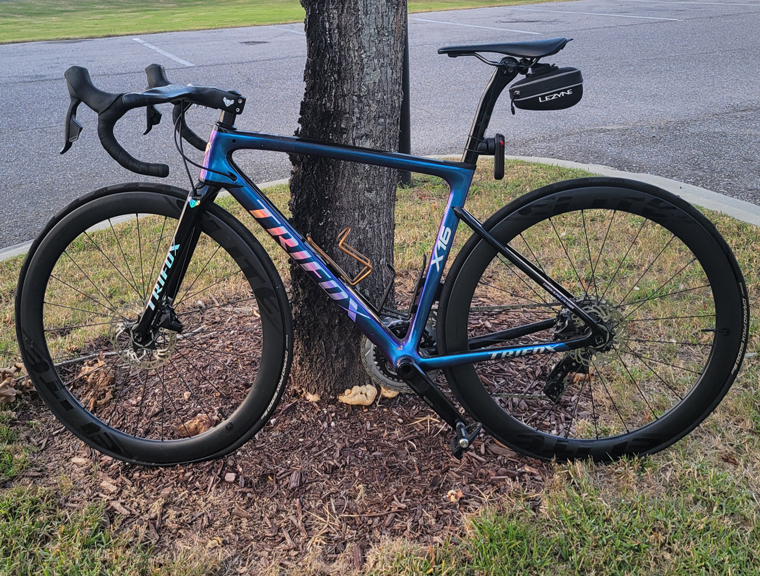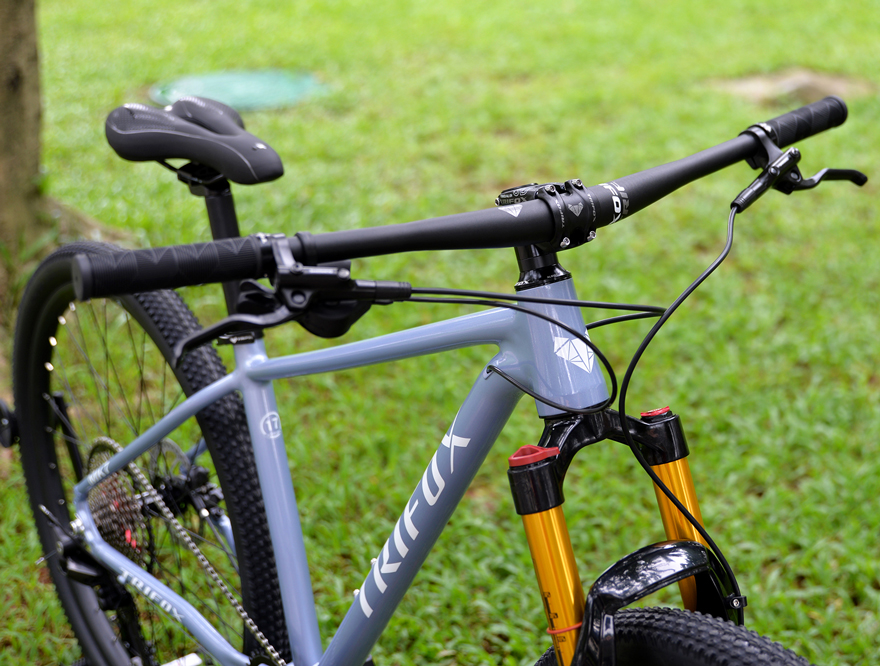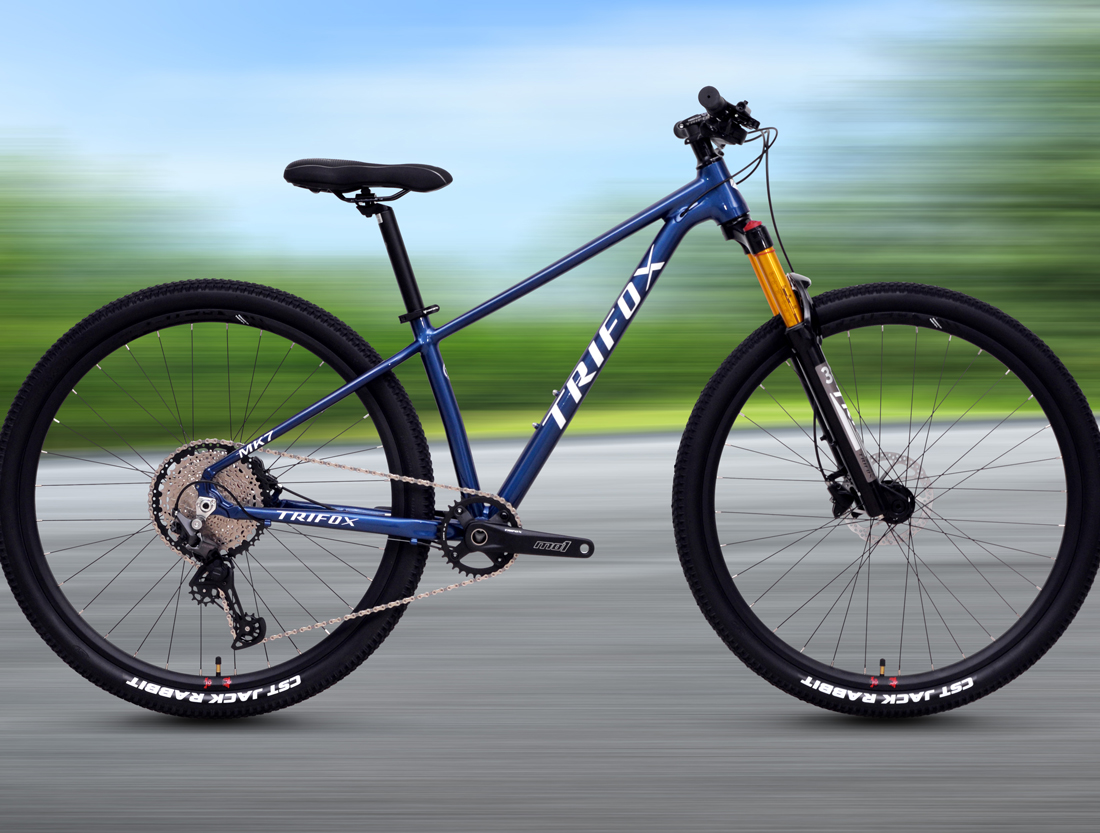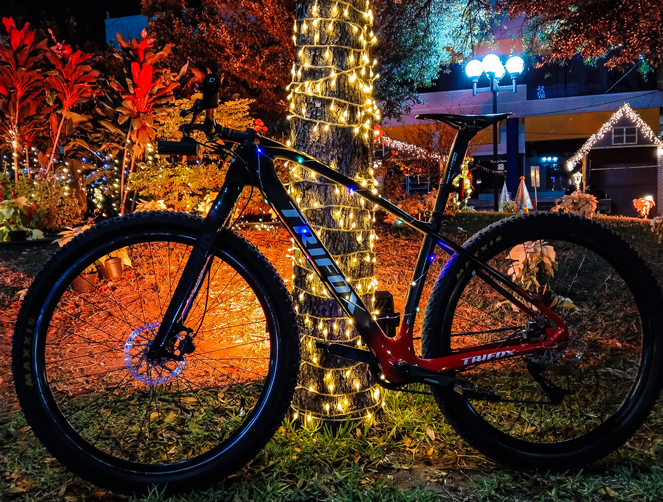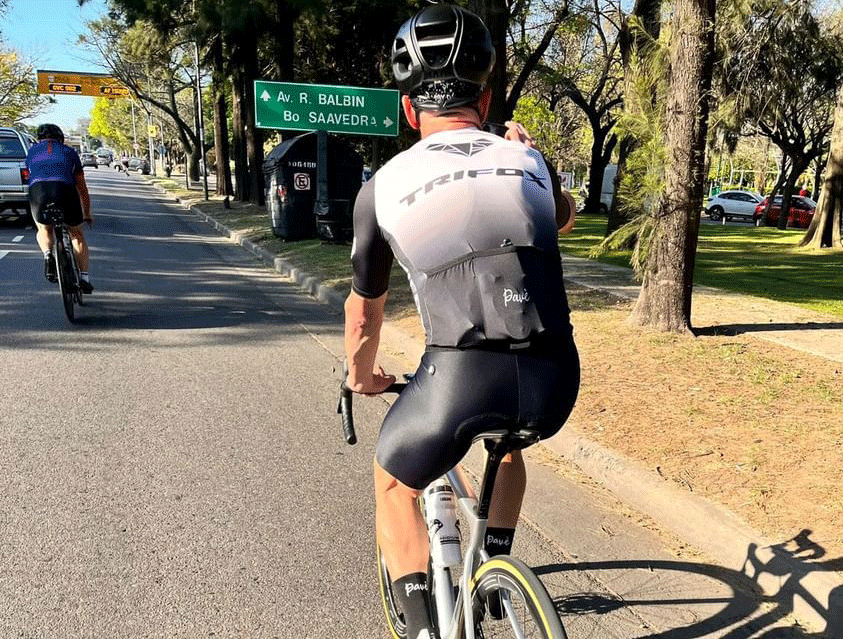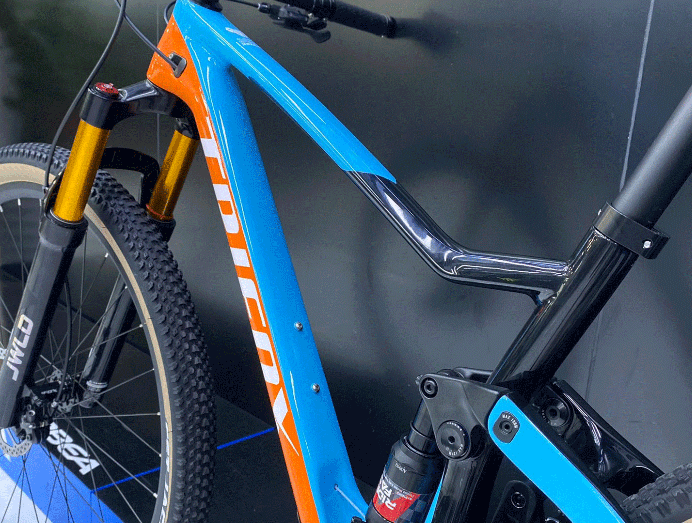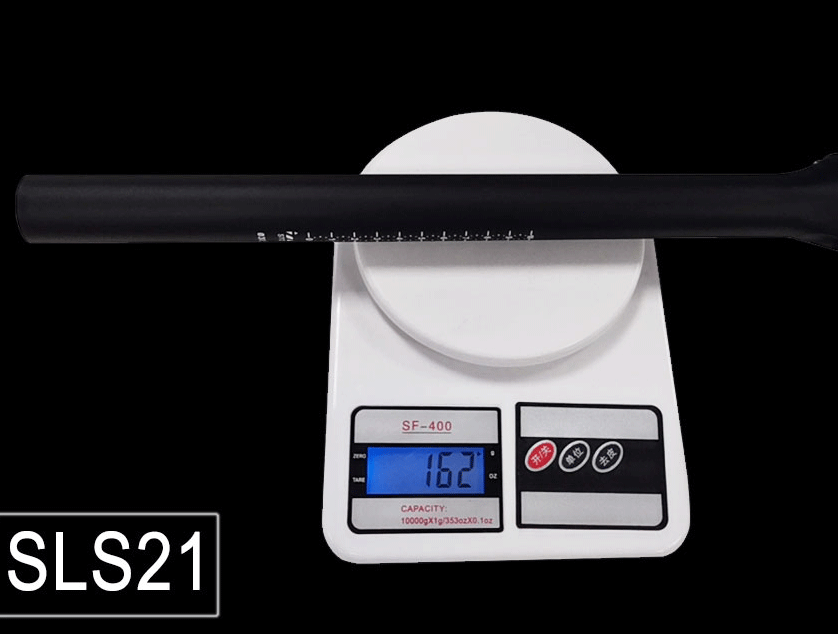Cycling trips or races of more than 100 kilometers are often the mid-term goals in the minds of people who are new to cycling. The pleasure and sense of accomplishment of completing the goals, but the more tiring trip.
However, as far as the doctor is concerned, there are some precautions, but it is better to know first.
Cycling is really easy and enjoyable if you are proficient. Therefore, both men and women of all ages can step on the iron horse for a wonderful journey.
But just like many people playing golf or surfing the Internet, we are gradually becoming addicted, and not just satisfied with the easy journey of "average people" of more than ten or twenty kilometers.
We have to break a hundred, we have to climb high, we have to travel around the entire region, the entire country, and even around the world, and these cycling times are relatively long!
We have to sit on the bicycle saddle and step on the pedals to perform repetitive movements for hours or even days and months in an unnatural posture. Without training, we are bound to be injured.
Based on the experience of orthopedic physicians riding bicycles and the results of searching the literature, I will report to you a few things you should pay attention to when riding a long-distance bicycle.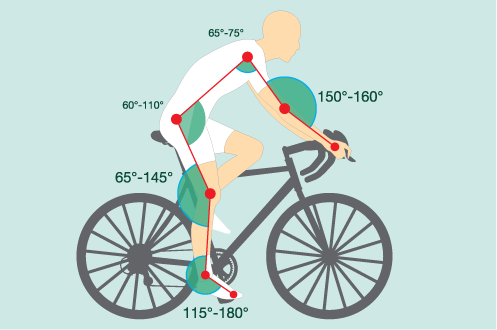
1. Preparation beforehand
It must be a different ride to ride more than a hundred times, and it is possible to have a pleasant journey with thorough preparation beforehand.
The first is to prepare good equipment.
The first thing is that it is best not to ride a brand new or borrowed bike. The colleague who was cycling with me didn't adjust the seat post height because he was riding a new bike. It was wrong and painful. The long-distance bicycle must be a bike that I usually ride and has been fully adjusted.
In addition, things like bike hats, bike pants, gloves, bike shoes, water bottles, raincoats, sunglasses, etc. do not need to be detailed here, they are all important equipment for long-distance bicycles.
2. Pre-training is very important
According to some experts' suggestions, two to three months of training is necessary to break a hundred years ago, but if you have the habit of cycling more than seven hours a week, this training period can be greatly shortened.
Before cycling training, you must reach 65% of the maximum heartbeat, and sometimes (a few minutes each time) to reach 85% of the maximum heartbeat. The pedal speed must be maintained at 70 to 90 revolutions per minute.
In this way, cycling for 1 to 1.5 hours a day over and over again, and taking one day off each week. Do not increase the mileage by more than 10% at a time to avoid excessive fatigue.
Two weeks before you really want to ride a hundred kilometers, you must arrange at least one trip of 50 or 60 kilometers, and you must reduce the mileage a week before you really want to ride so that you can easily complete the scheduled activities of more than 100 kilometers.
3. Diet considerations
Drink plenty of water a few days before the event, increase the body's water ratio (called hydration in medicine), and prepare for a lot of dehydration on the day of the event.
The normal diet should increase the proportion of carbohydrates, and stop alcoholic and caffeinated beverages to reduce the interference to the body. The breakfast on the day of the event must also be adequate carbohydrates, but don't eat too much, and drink plenty of water.
During long-distance cycling, do not wait to drink water until you are thirsty. Drink a small amount of water in advance. Food supplements during cycling should be based on well-digested carbohydrates (such as biscuits, nutrition bars, jelly, bananas, etc.), but don't eat anything that you haven't eaten before to avoid gastrointestinal problems.
4. Matters needing attention about posture
In fact, there is no standard posture for long-term cycling. Everyone can have the method he or is used to. But the important point is to ride for a long time. It is best to change the posture frequently, including changing the position of the hand, lifting the buttocks off the saddle, and arching the back. Stretch the shoulders and neck to reduce the problems of joint muscle system damage and nerve paralysis caused by stiffness.
In addition to posture, it is also very important to get off the bike for a short rest. In addition to stretching exercises, add water and heat by the way, but the time should not exceed ten minutes to prevent the body from becoming more rigid.
5. Cycling reminder
Start earlyIn the morning in the mountains, the weather is usually better, it is not too hot, and there are fewer bicycles. In the afternoon, there is more plenty of time to deal with the problem of poor physical strength or bad weather.
Find the paceEveryone's physical strength is different. Don't force yourself too much. If you think you should take a break, you must rest to avoid accidents.
Eat moreIf possible, eat small meals and more digestible carbohydrates along the way. If you feel tired and annoyed and cannot continue, it may be hypoglycemia.
Drink water moreDrinking plenty of water is probably the most important thing for long-distance cycling. Many athletes emphasize this point and force themselves to drink water before they feel the need.If you do not urinate once in one to two hours or your urine is not golden yellow but dark brown, it means you drink too little water.
Have lunchUsually more than six hours of cycling, there must be lunchtime.
If it's not a race, it's best to get off the bike and have a rest, because the afternoon schedule may not be downhill but your physical strength is usually downhill. It is best to get some real rest.
Find good companionsFor long-distance cycling, there must be people who ride together. In addition to safety issues, studies have also shown that just having a companion next to you can endure more pain and improve performance.
In addition, experienced riders can also enjoy the fun of cyclng in groups to break the wind and reduce resistance.





























































